Swiss Food Dishes: Basic Overview
Common Ingredients
Common Cooking Methods
Courses
Meals
Key Taste
Eating Etiquette
Meal Presentation
Culinary Festivals
Influence and Fusion
Popular Types of Swiss Dishes
-
Cakes and pastries
In Swiss cuisine, cakes and pastries reflect a rich tradition of baking, incorporating a variety of local ingredients such as nuts, fruits, and dairy products.
The textures and flavors are diverse, ranging from light and airy to dense and rich, often featuring layers and intricate designs.
The use of high-quality chocolate and cheese in these items highlights Switzerland’s renowned dairy and confectionery traditions.
-
Casseroles and bakes
Swiss casseroles and bakes are hearty and comforting, often featuring potatoes, cheese, and various meats.
These dishes are characterized by their rich and creamy textures. The combination of simple, wholesome ingredients baked to perfection creates a rustic yet sophisticated flavor profile.
These dishes are typically enjoyed during colder months, offering warmth and satisfaction.
-
Charcuterie and cheese boards
These boards feature a selection of finely crafted meats, including air-dried and smoked varieties.
The presentation of these boards is both an art and a culinary tradition, offering a taste of the diverse regional flavors of Switzerland.
Accompanied by pickles, nuts, and bread, these boards are not just a meal but a social experience.
Swiss dishes are delicacies commonly savored in Switzerland, a country nestled in the heart of Europe. Central to this cuisine are simple, hearty dishes that often include dairy products like cheese and butter, rooted in Switzerland’s agricultural heritage.
Over time, ingredients such as potatoes, maize, and cocoa from the Americas have become staples, enriching the Swiss culinary tradition alongside bread, pasta, rice, and polenta.
Meat, especially pork, poultry, and beef, along with sausages and air-dried meats like Grisons beef, are important in the Swiss diet, though fish is also valued, especially from local lakes.
Cooking methods vary, with a focus on boiling, baking, and slow-cooking to enhance flavors. Fondue and raclette are iconic Swiss dishes, celebrated for their communal cheese-based experiences.
High-quality Swiss chocolate and cheese highlight the excellence of local gastronomy. The variety of cheeses and the innovation in chocolate making, especially milk chocolate, have garnered global appreciation.
Another factor that contributes to the depth of Swiss cuisine is the blend of various European culinary traditions, especially French dishes, German specialties, and Italian delicacies.
I will explore not just the famous Swiss dishes but also traditional Swiss cuisine, uncovering what makes it loved worldwide and its health benefits.
Additionally, I’ll share insights into the features of Swiss dishes by region, the dining etiquette in Switzerland, and tips on pairing dishes with beverages.
24 Popular Swiss Dishes with Filters
Discover the best 24 Swiss dishes, listed according to how popular they are. Quickly find your next meal with options to filter by ingredients, flavor, cooking methods, dish types, meal courses, and global recognition.
Dive into categories such as traditional recipes, nationwide favorites, innovative fusion creations, beloved street food, and exotic delicacies.
Fondue
- National
- Traditional
Fondue is a Swiss dish that involves melting cheese with wine in a communal pot, known as a caquelon, which is heated over a portable stove. Diners use long-stemmed forks to dip bread and sometimes vegetables into the cheese.
Originating in Switzerland, fondue was promoted as a national dish by the Swiss Cheese Union in the 1930s and became popular in North America in the 1960s.
The term “fondue” has since been extended to include other communal dishes such as chocolate fondue, where pieces of fruit or pastry are dipped into melted chocolate, and fondue bourguignonne, where pieces of meat are cooked in hot oil or broth.
Raclette
- National
- Traditional
Raclette is a traditional Swiss dish that involves heating cheese and scraping off the melted part to serve, typically with boiled potatoes.
Originating from the canton of Valais in Switzerland, Raclette cheese is specifically marketed for this dish, which has also become popular as street food, sometimes served with bread instead of potatoes.
Raclette has gained national and international popularity, especially after being promoted as a national dish of Valais at the 1909 Cantonal Exhibition of Sion and further at the 1964 National Exhibition.
In Valais, it is commonly accompanied by potatoes, cornichons, pickled onions, and often enjoyed with black tea or Fendant wine. Famous variations include “Vercouline,” where Bleu du Vercors-Sassenage cheese is used, and in Franche-Comté, Bleu de Gex and Morbier cheeses are popular alternatives.
Rösti
- National
- Street Food
- Traditional
Rösti is a traditional Swiss dish primarily made from potatoes. Originating as a breakfast meal for farmers in the Canton of Bern, it has gained popularity across Switzerland and beyond as a versatile side dish.
Rösti is often pan-fried to a crispy texture and can be served with various accompaniments like spinach and fried eggs or sausages.
While the basic version consists solely of potatoes, regional variations may include ingredients like bacon, onion, cheese, or herbs, adding a unique touch to the dish. Rösti is considered by many in Switzerland as a national dish and is a staple in Swiss cuisine.
Zürcher Geschnetzeltes
- Traditional
Zürcher geschnetzeltes, also known in Zürich German as Züri-Gschnätzlets, is a traditional Swiss dish originating from Zürich. It consists of small, thin strips of veal sautéed in a creamy sauce made with white wine, cream, and demiglace.
The dish is often enriched with mushrooms and sometimes sliced veal kidney. Zürcher Geschnetzeltes is commonly served with rösti, a traditional Swiss potato dish, but can also be accompanied by spätzle, pasta, rice, or mashed potatoes.
Muesli
- National
- Traditional
Muesli, originally known as Birchermüesli after its creator, is a traditional Swiss breakfast dish primarily made from rolled oats.
This cold dish is often soaked overnight and enjoyed the next morning, typically enhanced with a variety of ingredients like grains, nuts, seeds, and fresh or dried fruits. Milk, cream, or yogurt are commonly added to muesli, along with a touch of citrus juice and honey for sweetness.
Developed around 1900 by Swiss physician Maximilian Bircher-Benner for his patients, muesli has evolved from a simple appetizer to a staple breakfast food, and it’s also enjoyed as a light supper in Switzerland, known as Birchermüesli complet.
Cordon Bleu
- Traditional
Cordon bleu is a traditional Swiss dish that consists of meat wrapped around cheese, then breaded and pan-fried or deep-fried. It is known for its tender meat encasing a melty cheese center, often accompanied by a slice of ham.
The dish, whose name translates to “blue ribbon” in French, symbolizes culinary excellence and has origins in Brig, Switzerland, around the 1940s.
Variations of Cordon Bleu include using different types of meat, such as veal, chicken, or pork, and it can be prepared in various ways, including baking or frying.
Älplermagronen
- Traditional
Älplermagronen, or Alpine herdsman’s macaroni, is a traditional Swiss dish from the Alpine regions, consisting of pasta, potatoes, cream, cheese, and onions.
It’s a staple of Swiss Alpine cuisine, known for its simplicity and the use of long-lasting, filling ingredients suitable for hardworking herdsmen. This comfort food varies regionally, with some versions including meats like ham or bacon.
It’s widely enjoyed in mountain huts, restaurants, and even as a ready meal in supermarkets, especially during the colder months for its warming effect.
Bündner Nusstorte
- Traditional
Bündner Nusstorte, also known as Engadiner Nusstorte, is a traditional Swiss pastry from Graubünden, known for its sweet, caramelized walnut filling.
Originating in the 1920s and becoming popular in the 1960s, this modern version differs from its 19th-century predecessors by featuring a shortcrust pastry filled with caramelized sugar, cream or milk, and chopped nuts.
Despite Graubünden’s cold climate, which is unsuitable for nut trees, this pastry is a key part of local culinary tradition.
Various bakers in Graubünden offer their unique versions of the recipe, often kept secret. Today, Bündner Nusstorte is not only a local favorite but also a significant export, sold in supermarkets and online.
Landjäger
- Street Food
- Traditional
Landjäger is a type of semi-dried sausage that is a traditional food item in Switzerland, as well as in Southern Germany, Austria, and Alsace.
It is known for being a convenient snack during outdoor activities like hiking and has historical significance as a food for soldiers due to its durability without refrigeration.
Landjäger is characterized by its unique preparation process, which includes a blend of beef, pork, lard, red wine, sugar, and spices such as caraway, coriander seed, black pepper, and garlic.
The sausages are pressed into a mold before smoking and drying, giving them a distinctive rectangular cross-section. This snack also enjoys popularity among hunters and outdoor enthusiasts in various regions, including parts of the United States.
Leckerli
- Traditional
Leckerli, also known as Basler Läckerli, is a traditional Swiss biscuit that originates from Basel. This hard spice biscuit is crafted from a blend of hazelnuts, honey, candied peel, almonds, and Kirsch.
After being baked in thin layers, it is finished with a sugar glaze and cut into rectangular pieces. Leckerli holds a significant place in Swiss culture, being a traditional treat that dates back over 700 years, created by local spice merchants.
Basler Mehlsuppe
- Traditional
Basler Mehlsuppe, a traditional dish from Basel, Switzerland, is a rich and hearty soup made primarily from roasted flour and onions, creating a distinctive flavor and texture.
It is especially famous for being a central part of the Fasnacht (Carnival of Basel), where it is consumed in large quantities by participants and spectators alike.
Vacherin Mont D’Or
- Traditional
Vacherin Mont d’Or is a luxurious soft cheese that hails from both France and Switzerland, specifically from the Jura region. This cheese is notable for being seasonal, with production limited to the period from August 15 to March 15 and availability from September 10 to May 10.
Made from cow’s milk, Vacherin Mont d’Or is characterized by its rich, creamy texture and distinctive flavor, which is partly imparted by the spruce bark in which it is traditionally wrapped.
This cheese is often enjoyed warmed and served in a manner similar to fondue, making it a cherished part of winter and holiday culinary traditions in its regions of origin.
Berner Platte
- Traditional
Berner platte, or Bernese plate, is a traditional dish of Bernese cuisine in Switzerland, featuring a hearty array of meats and sausages such as smoked pork and beef, pork belly, and bacon, accompanied by juniper-flavored sauerkraut, potatoes, and beans.
This dish is not a stew but a platter where each component is cooked separately and then served together. The Berner Platte has historical significance, originating from a victory celebration in 1798 after the Bernese defeated the French army.
Saffron Risotto
- Fusion
- Traditional
Saffron risotto, or Risotto alla Milanese, is a classic Italian dish popular in the Italian-speaking regions of Switzerland.
Known for its creamy texture and vibrant golden color from saffron, one of the most expensive spices, it’s made by slowly cooking Arborio or Carnaroli rice in broth to a creamy consistency, then finished with Parmesan cheese and butter for a rich texture.
Typically served as a first course or a comforting main dish, saffron risotto pairs well with proteins like ossobuco, making it a favorite for both special occasions and everyday meals.
Capuns
- Traditional
Capuns, a traditional dish from the canton of Graubünden in Switzerland, are essentially dumplings made from Spätzle dough, pieces of dried meat such as Bündnerfleisch or Salsiz, all wrapped in a chard leaf.
This concoction is then boiled in a mixture of bouillon, milk, and water, and is typically served with a generous topping of grated cheese. Capuns are a quintessential representation of Swiss cuisine, embodying the culinary traditions of the Graubünden region.
Bündnerfleisch
- Traditional
Bündnerfleisch, also known as Bindenfleisch or Grisons Meat, is a Swiss air-dried beef specialty from the canton of Graubünden.
Made from lean cuts like the upper thigh or shoulder, the beef is cured with white wine, salt, onion, and herbs, then air-dried, resulting in its unique rectangular shape. Unlike some dried meats, Bündnerfleisch isn’t smoked.
It’s typically served thinly sliced with bread, in raclette, or as strips in soups. While mainly consumed in Switzerland, it’s also popular in international markets such as Europe, Canada, the US, and Japan.
Cervelat
- Street Food
- Traditional
Cervelat, also known as cervelas, servelat, or zervelat, is Switzerland’s national sausage, popular also in France, Belgium, the Netherlands, and parts of Germany.
Made primarily from beef, bacon, and pork rinds, cervelat tastes similar to a frankfurter but has a smokier flavor and firmer texture due to its fat shape and natural casing.
In Switzerland, it is commonly eaten either cooked or raw, and featured in a variety of dishes including those that are boiled, grilled, fried, as well as in salads and sandwiches.
A favorite preparation method is grilling it over an open fire, making the ends expand like a butterfly, a practice fondly remembered from childhood by many Swiss.
As a cultural staple, Switzerland produces about 160 million cervelats annually, translating to around 25 sausages per person per year.
Regionally, variations like Lyon’s Cervelas de Lyon, with pork and truffles or pistachios, and Alsace’s cervelas d’Alsace, split and filled with cheese and bacon, showcase the sausage’s versatility.
Tartiflette
- Traditional
Tartiflette is a French dish from the Savoy region, adjacent to Switzerland, and is not traditionally Swiss. It is made with potatoes, reblochon cheese, lardons, and onions, and sometimes a splash of white wine is added.
The dish is a modern take on a traditional recipe, designed to promote the sales of reblochon cheese. Tartiflette is known for its comforting, hearty qualities and is often enjoyed as an après-ski meal, embodying the convivial spirit of the Alpine region.
Variations of tartiflette include croziflette, which uses crozets de Savoie (small square-shaped pasta) instead of potatoes.
Zuger Kirschtorte
- Traditional
Zuger Kirschtorte, or cherry torte from Zug, is a traditional Swiss layer cake known for its rich composition of nut-meringue, sponge cake, and buttercream, all flavored with kirschwasser, a cherry brandy.
Invented in 1921 by pastry chef Heinrich Höhn in Zug, this cake quickly gained fame, winning gold medals in pastry exhibitions and becoming a symbol of Swiss confectionery excellence.
The cake is meticulously assembled with layers of Japonaise meringue containing ground almonds and hazelnuts, sponge cake soaked in a kirschwasser-sugar syrup, and buttercream tinted pink, originally with beetroot juice.
Meitschibei
- Traditional
Meitschibei is a traditional Swiss pastry with a unique shape and sweet nut or jam filling, emblematic of Switzerland’s culinary tradition that favors hearty, dairy-based, and simple yet delicious foods.
Baked to golden perfection, this pastry exemplifies Swiss affection for pastries and sweets, nestled among the country’s famous cheeses, meats, chocolates, and desserts.
Malakoff
- Traditional
Malakoff, also known as Vinzel beignet, is a traditional Swiss cheese dish from western Switzerland, particularly around Lake Leman in villages like Eysins, Begnins, Bursins, Luins, and Vinzel.
Named after the Battle of Malakoff during the Crimean War, it is believed to have been invented by Swiss mercenaries who fried cheese slices for a simple meal.
Traditionally prepared as fried cheese balls, Malakoff has evolved into a refined dish, often coated with pastry and fried in butter. Today, it’s typically served as an appetizer with bread and white wine, maintaining its place in Swiss culinary heritage.
Papet Vaudois
- Traditional
Papet vaudois, also known simply as Papet, is a traditional dish from the Swiss canton of Vaud, consisting of leeks and potatoes, usually served with sausages such as Saucisse aux choux. The dish’s colors, white and green, reflect the cantonal flag of Vaud.
Papet Vaudois is known for its melt-in-the-mouth consistency, with the leeks and potatoes retaining their shape rather than being mashed together.
This dish is particularly associated with the independence day celebrations of the canton of Vaud, which took place on January 24, 1798, although the dish itself is likely more recent, given the historical cost of pork meat and the late widespread consumption of leeks.
Riz Casimir
- Exotic
- Fusion
- Traditional
Riz Casimir, sometimes known as Casimir Rice, is a traditional Swiss curry dish that combines the exotic flavors of rice, sliced veal, curry sauce, and a variety of fruits such as peaches, pineapples, bananas, or cherries, often with roasted almond slivers on top.
This dish, which reflects Switzerland’s post-war desire for exoticism, was introduced by the Mövenpick company and has been a staple in their restaurants since 1952.
Although its popularity has waned since the late 20th century, Riz Casimir remains a beloved family dish in Switzerland, showcasing the country’s openness to culinary diversity.
Polenta
- Traditional
Polenta, a staple of Northern Italian, Swiss Italian, and to a lesser extent, Central Italian cuisine, is a dish made from boiled cornmeal. It can also be made from other grains and is known for its versatility; once cooled and solidified, it can be baked, fried, or grilled.
The dish has humble beginnings and was traditionally associated with the lower classes, serving as an essential part of their everyday nutrition.
What Are the Characteristics of Swiss Dishes by Regions?
Here’s a summary of the characteristics of Swiss dishes by regions:
Next, let’s discover Swiss dining etiquette, which emphasizes punctuality, politeness, and the art of savoring meals, underscoring the Swiss appreciation for their food and the company they share it with.
What Is Swiss Dining Etiquette?
Here are some key practices of Swiss dining etiquette to bear in mind:
Furthermore, mastering the art of matching food and beverages enhances the dining experience, reflecting the Swiss commitment to culinary excellence and etiquette.
Which Are the Best Beverages to Accompany Swiss Dishes?
Here’s a guide to some drink types and how they complement Swiss dishes:
Each wholesome beverages from Switzerland, with its unique characteristics, serves to elevate the flavors of dishes, creating a harmonious and memorable dining experience.
For further enlightenment, scroll down to the comment section! I’m optimistic that other readers may contribute more valuable information than I can cover. Don’t forget to leave your thoughts there as well.
Please share this article if you found it helpful. Now, let’s rewrite your bucket list and add some of your favorite dishes from Switzerland!



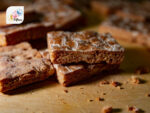
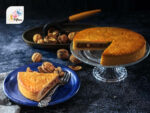
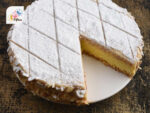

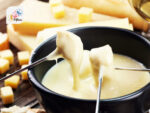

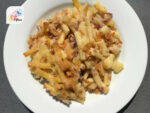
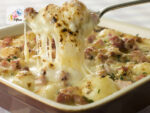
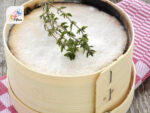
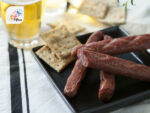
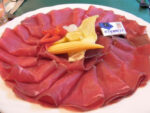
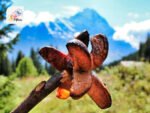
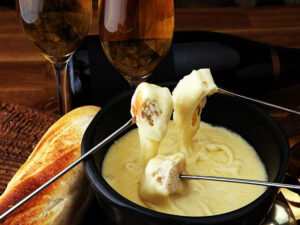
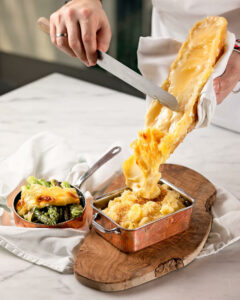
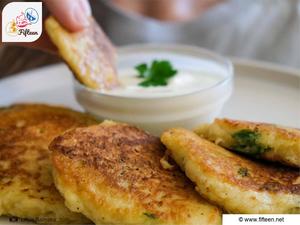
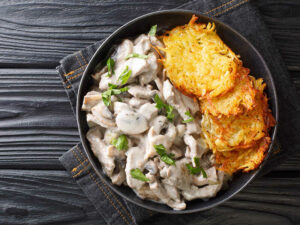
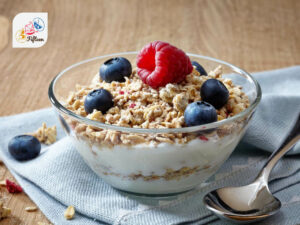

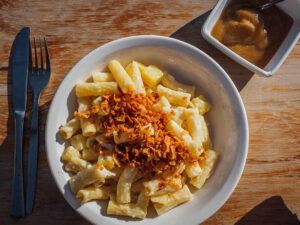
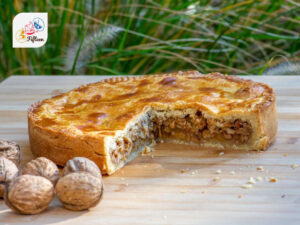
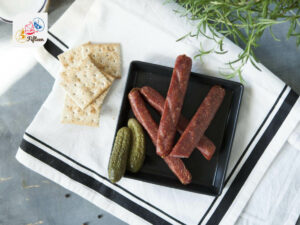
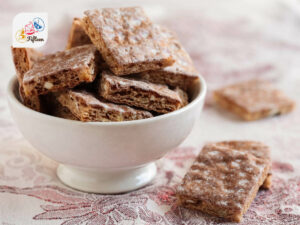
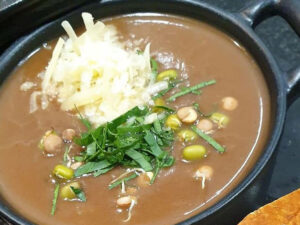
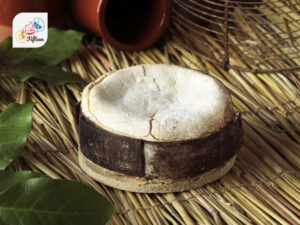
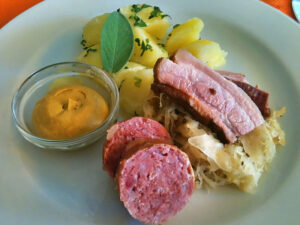
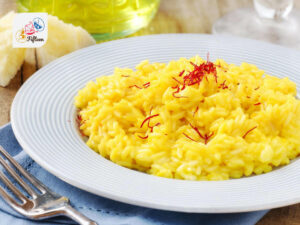
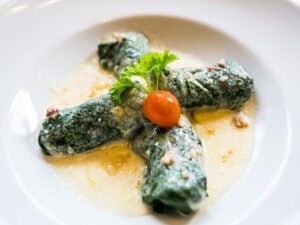
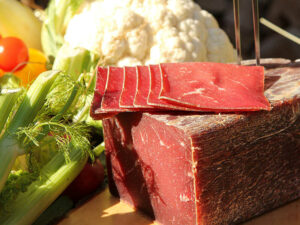
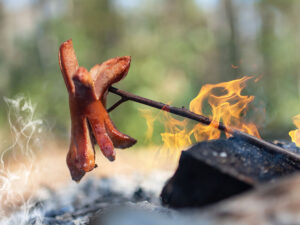
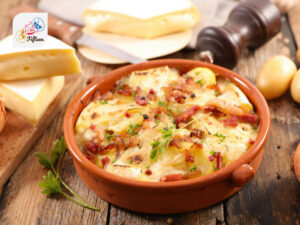
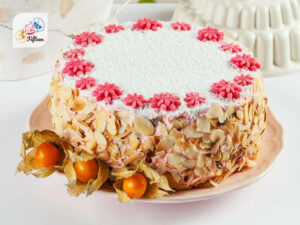

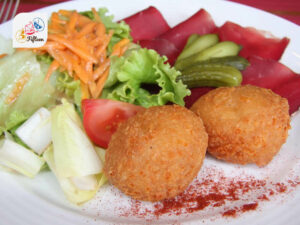
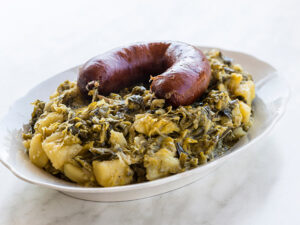
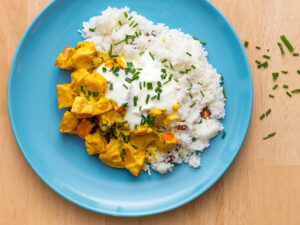
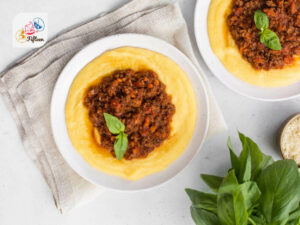
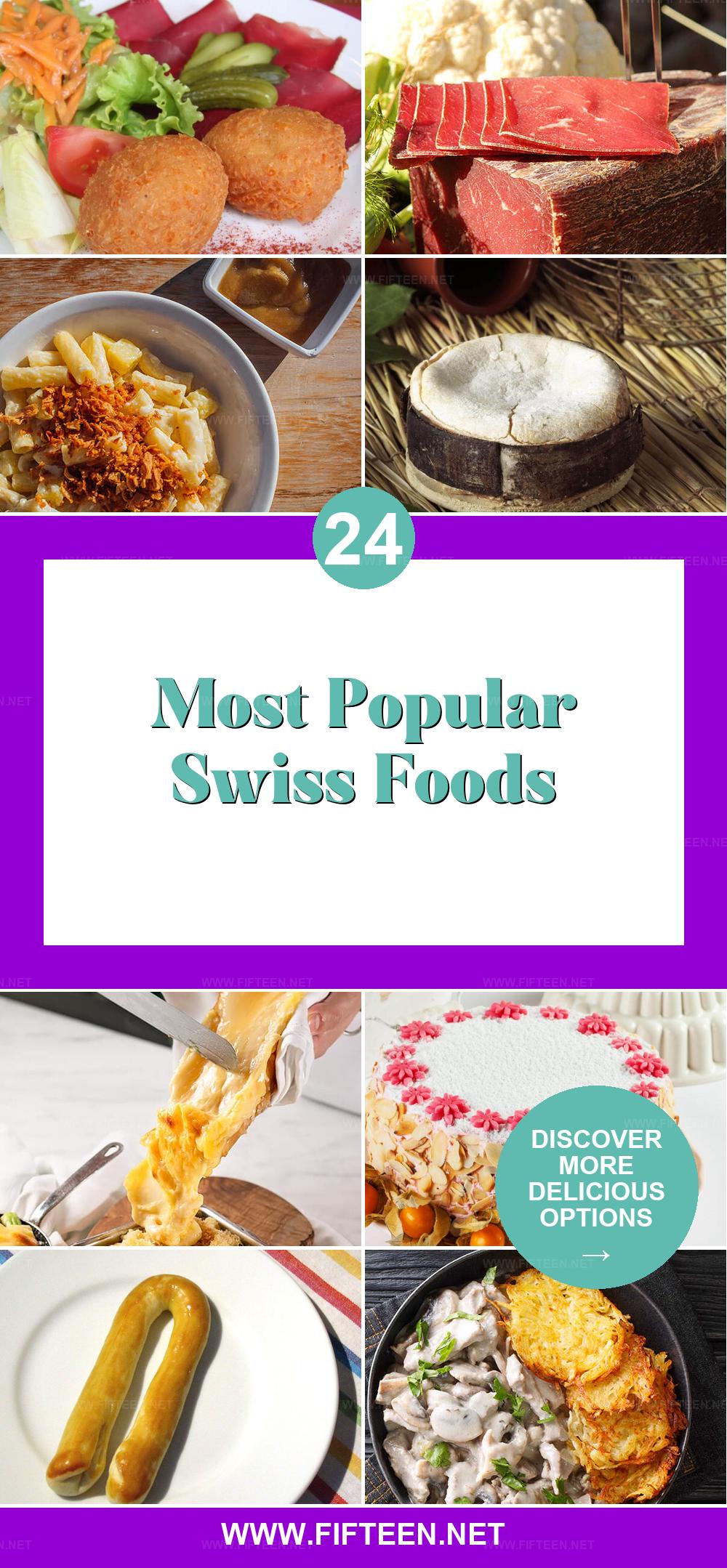
Jamie Scott
Editor in Chief, Senior Content Writer
Expertise
Home Cooking, Meal Planning, Recipe Development, Baking and Pastry, Food Editor, Cooking-video Maker, Western Food Evaluation Expert
Education
Le Cordon Bleu College of Culinary Arts
Local Community College, New York, NY
Jamie Scott is a skilled culinary expert and content creator specializing in Western cuisine. With over 15 years in the culinary field and formal training from Le Cordon Bleu, Paris, Jamie deeply understands how to blend nutrition with delicious flavors. His passion for cooking matches his commitment to making healthy eating accessible and enjoyable.
On Fifteen.net, Jamie brings a fresh perspective to classic dishes and beverages, offering readers insightful recipes, cooking tips, and a fresh view on meal planning that emphasizes taste, health, and simplicity.